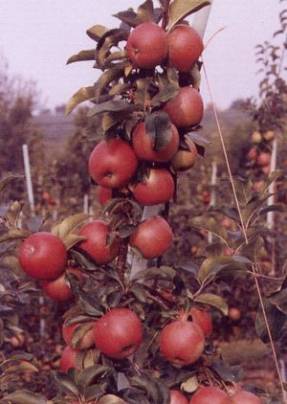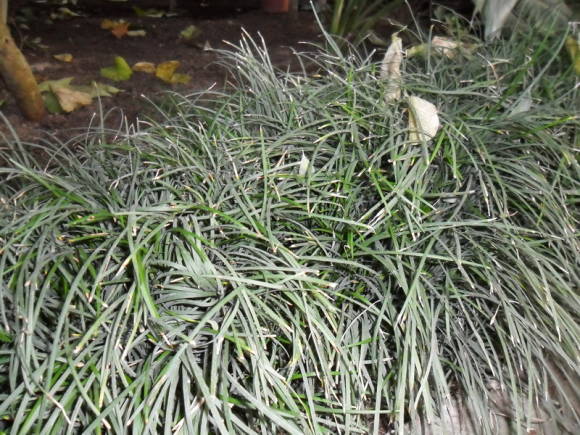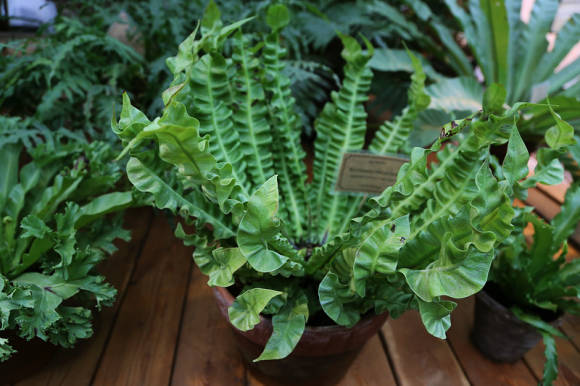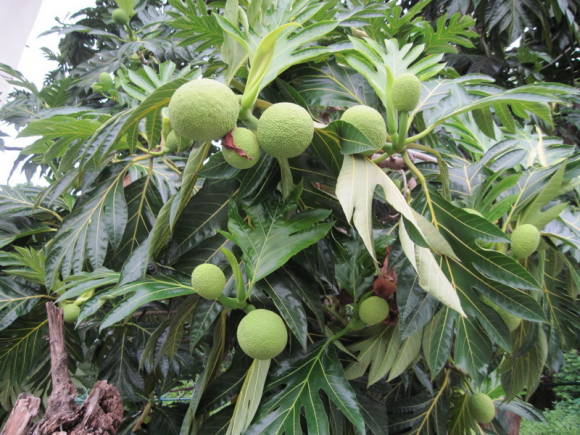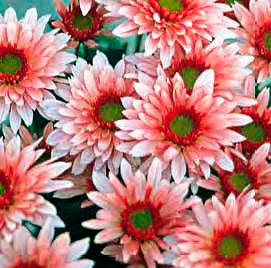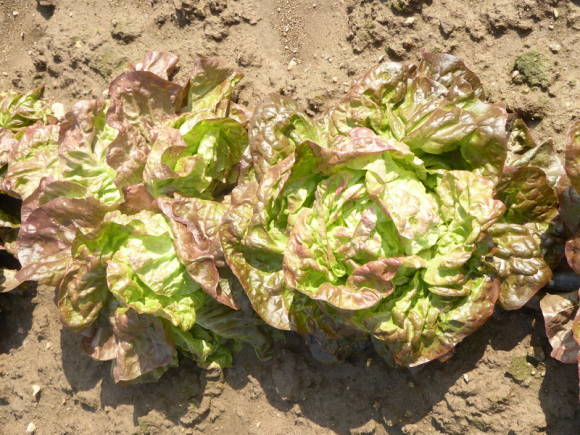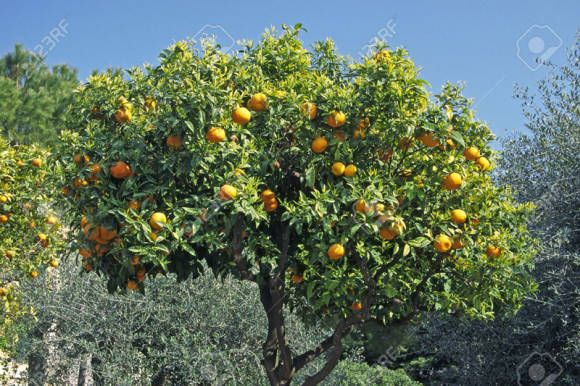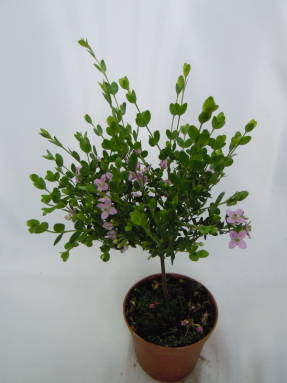
Most of the national Asian cuisines, in one way or another, are strongly influenced by Chinese culinary traditions and follow the Chinese principle of balance in cooking. This balance means that all five basic flavors of salinity, sweetness, spice, bitterness, and sourness should be present in every dish. But all these tastes should be in harmony, and not fight each other on the tongue. Perhaps, such a wide popularity of Thai basil in Asian cuisine is due precisely to the fact that it contributes to the approach to this harmony, uniquely balancing pungency with sweetness.
Thai sweet basil is one of the most common ingredients in South Asian cooking. It can be found in numerous Thai, Vietnamese, Laotian and Cambodian dishes. It's a versatile herb that can easily make spicy caprese or ratatouille, but its true highlight is the intensity of the aniseed note it brings to Eastern and Southeast Asian dishes - from Thai coconut milk curry to Taiwanese three-cup chicken and Vietnamese pancakes with filling, where sweet spicy aroma and strong leaf structure are key elements.
Thai sweet basil is usually eaten in the same way as vegetables, and it is used in large quantities - from leaves to twigs and flowers - to prepare a wide variety of dishes: all kinds of curries, fried meat and fish dishes, casseroles, salads like regular vegetable (including and the very popular green papaya salad in the world - Som Tam), as well as meat salads and soups. It goes well with anything made with coconut: milk, cream or juice. Even tiny seeds harvested from dried flowers can be turned into original drinks or desserts. Thai basil can also be used in sweet dishes, adding to fruit salads or tropical fruit desserts, especially mangoes. In Thailand, you can try a very original beer that is prepared with Thai sweet basil leaves.
Thai basil flowers are used as an ingredient and decoration in salads, desserts and drinks.
Grind fresh Thai basil leaves in a food processor along with pine nuts, cloves of garlic and olive oil for a delicious homemade pesto pasta sauce. Add shredded horapa leaves to soup, stir-fry, or casserole and you can transform the flavor of a familiar dish into a sweet and fresh herbal flavor.
In Asian recipes, Thai basil is often referred to in the name of the ingredient, so there is often confusion, despite the fact that all three varieties of Thai basil have both a different appearance and differ greatly in taste. Most often, unless otherwise noted, Thai sweet basil horapa is meant.
Recipes with Thai Basil:
- Spicy noodles with beef, mango and Thai basil
- Thai Sweet Basil Pesto
- Thai salad SOM TAM
- Curry with chicken, pineapple and Thai basil
The most important advantage of Thai sweet basil over its many cousins is that it retains its taste and structure perfectly even when cooked, which cannot be said about other types of basil, especially the Mediterranean variety, which is called sweet basil in Europe and the United States. In Asian cuisine, Thai basil is even used in wok cooking. Although Thai basil is certainly best consumed fresh, just like any other kind of basil.
Like many leafy herbs, Thai sweet basil can be kept fresh in a glass of water by covering it with a plastic bag and placing it in the refrigerator. Or, you can wrap the bunch in damp paper towels before wrapping the basil in plastic bags before refrigerating.It can also be sliced (preferably unwashed) or passed through a food processor and frozen in ice cube trays. After freezing, remove from the tray and store in airtight bags in the freezer for up to two months.
Khorapa leaves are not dried for blanks, since the aroma practically disappears during drying. If you still need to preserve Thai sweet basil for longer, you can chop it and mix it with olive oil or honey and store in a glass container with an airtight lid in the refrigerator.
Read also articles:
- Mr thai basil
- Growing Thai Basil
- Thai basil: useful and medicinal properties
